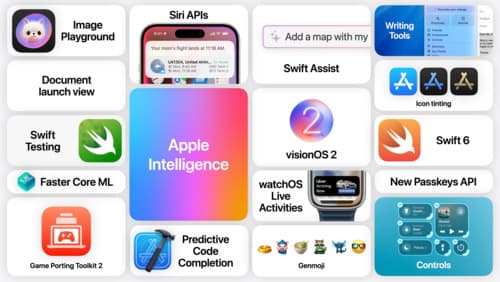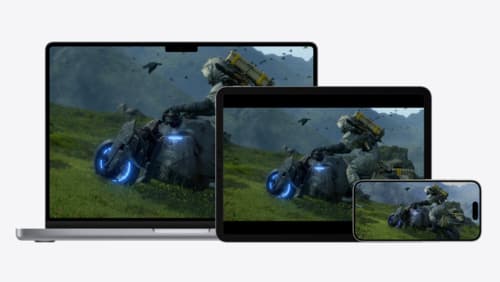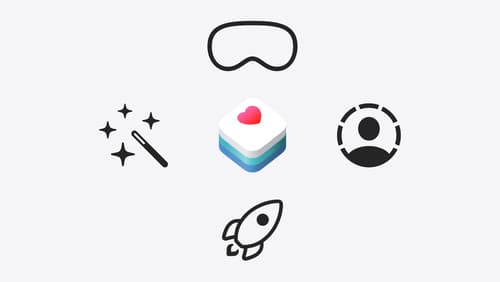how does the new tabor work and adapt to other os
Asked on 2025-03-05
1 search
The new TabletopKit, introduced at WWDC 2024, is designed to work seamlessly across different Apple operating systems, including macOS, iOS, and visionOS. It integrates with familiar frameworks like Group Activities, RealityKit, and SwiftUI, allowing developers to create experiences that can run on multiple platforms with minimal changes. This framework is particularly useful for developing social games that can be played together using features like SharePlay and spatial Personas.
TabletopKit handles the manipulation of game elements such as cards and pieces, their placement and layout, and the definition of game boards. It also supports spatial computing, which is a key feature of visionOS, enabling new types of interactions and experiences. This makes it easier for developers to create games that are dynamic and responsive to the user's environment and behavior.
For more details on how TabletopKit and other new tools work across different operating systems, you can refer to the Platforms State of the Union session.

Platforms State of the Union 5-Minute Recap
Watch a quick recap of the newest advancements on Apple platforms.

Port advanced games to Apple platforms
Discover how simple it can be to reach players on Apple platforms worldwide. We’ll show you how to evaluate your Windows executable on Apple silicon, start your game port with code samples, convert your shader code to Metal, and bring your game to Mac, iPhone, and iPad. Explore enhanced Metal tools that understand HLSL shaders to validate, debug, and profile your ported shaders on Metal.

Get started with HealthKit in visionOS
Discover how to use HealthKit to create experiences that take full advantage of the spatial canvas. Learn the capabilities of HealthKit on the platform, find out how to bring an existing iPadOS app to visionOS, and explore the special considerations governing HealthKit during a Guest User session. You’ll also learn ways to use SwiftUI, Swift Charts, and Swift concurrency to craft innovative experiences with HealthKit.
